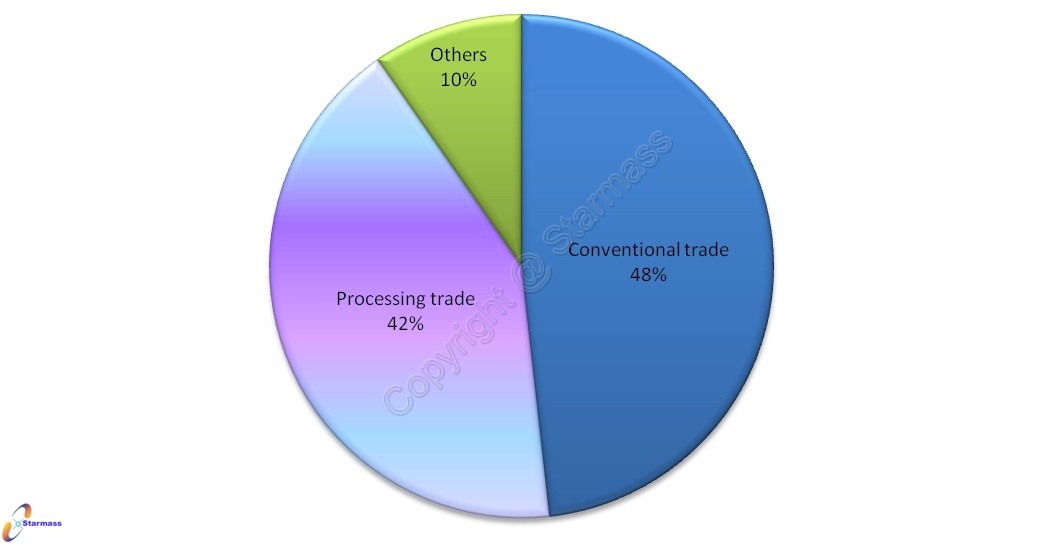How to Trade Chart Patterns_1
Post on: 11 Апрель, 2015 No Comment

Best Cash Back Forex Rebates. Learn How to Trade Forex: Foreign Exchange (FX) Currency Trading How to Trade Chart Patterns
Thats a whole lot of chart patterns we just taught you right there. Were pretty tired so its time for us to take off and leave it to you from here
Just playin! We aint leaving you till youre ready!
In this section, well discuss a bit more how to use these chart patterns to your advantage.
Its not enough to just know how the tools work, weve got to learn how to use them. And with all these new weapons in your arsenal, wed better get those profits fired up!
Lets summarize the chart patterns we just learned and categorize them according to the signals they give.
Reversal
Reversal patterns are those chart formations that signal that the ongoing trend is about to change course.
If a reversal chart pattern forms during an uptrend, it hints that the trend will reverse and that the price will head down soon. Conversely, if a reversal chart pattern is seen during a downtrend, it suggests that the price will move up later on.
In this lesson, we covered six chart patterns that give reversal signals. Can you name all six of them?
- Double Top
- Double Bottom
- Head and Shoulders
- Inverse Head and Shoulders
- Rising Wedge
- Falling Wedge
If you got all six right, brownie points for you!
To trade these chart patterns, simply place an order beyond the neckline and in the direction of the new trend. Then go for a target thats almost the same as the height of the formation.
For instance, if you see a double bottom, place a long order at the top of the formations neckline and go for a target thats just as high as the distance from the bottoms to the neckline.
In the interest of proper risk management, dont forget to place your stops! A reasonable stop loss can be set around the middle of the chart formation.
For example, you can measure the distance of the double bottoms from the neckline, divide that by two, and use that as the size of your stop.
Continuation
Continuation patterns are those chart formations that signal that the ongoing trend will resume.
Usually, these are also known as consolidation patterns because they show how buyers or sellers take a quick break before moving further in the same direction as the prior trend.
Weve covered several continuation patterns, namely the wedges, rectangles, and pennants. Note that wedges can be considered either reversal or continuation patterns depending on the trend on which they form.
To trade these patterns, simply place an order above or below the formation (following the direction of the ongoing trend, of course). Then go for a target thats at least the size of the chart pattern for wedges and rectangles.
For pennants, you can aim higher and target the height of the pennants mast.
For continuation patterns, stops are usually placed above or below the actual chart formation.
For example, when trading a bearish rectangle, place your stop a few pips above the top or resistance of the rectangle.
Bilateral
Bilateral chart patterns are a bit more tricky because these signal that the price can move either way.
Huh, what kind of a signal is that?!
This is where triangle formations fall in. Remember when we discussed that the price could break either to the topside or downside with triangles?
To play these patterns, you should consider both scenarios (upside or downside breakout) and place one order on top of the formation and another at the bottom of the formation.
If one order gets triggered, you can cancel the other one. Either way, youd be part of the action.
Double the possibilities, double the fun!
The only problem is that you could catch a false break if you set your entry orders too close to the top or bottom of the formation.
So be careful and dont forget to place your stops too!














